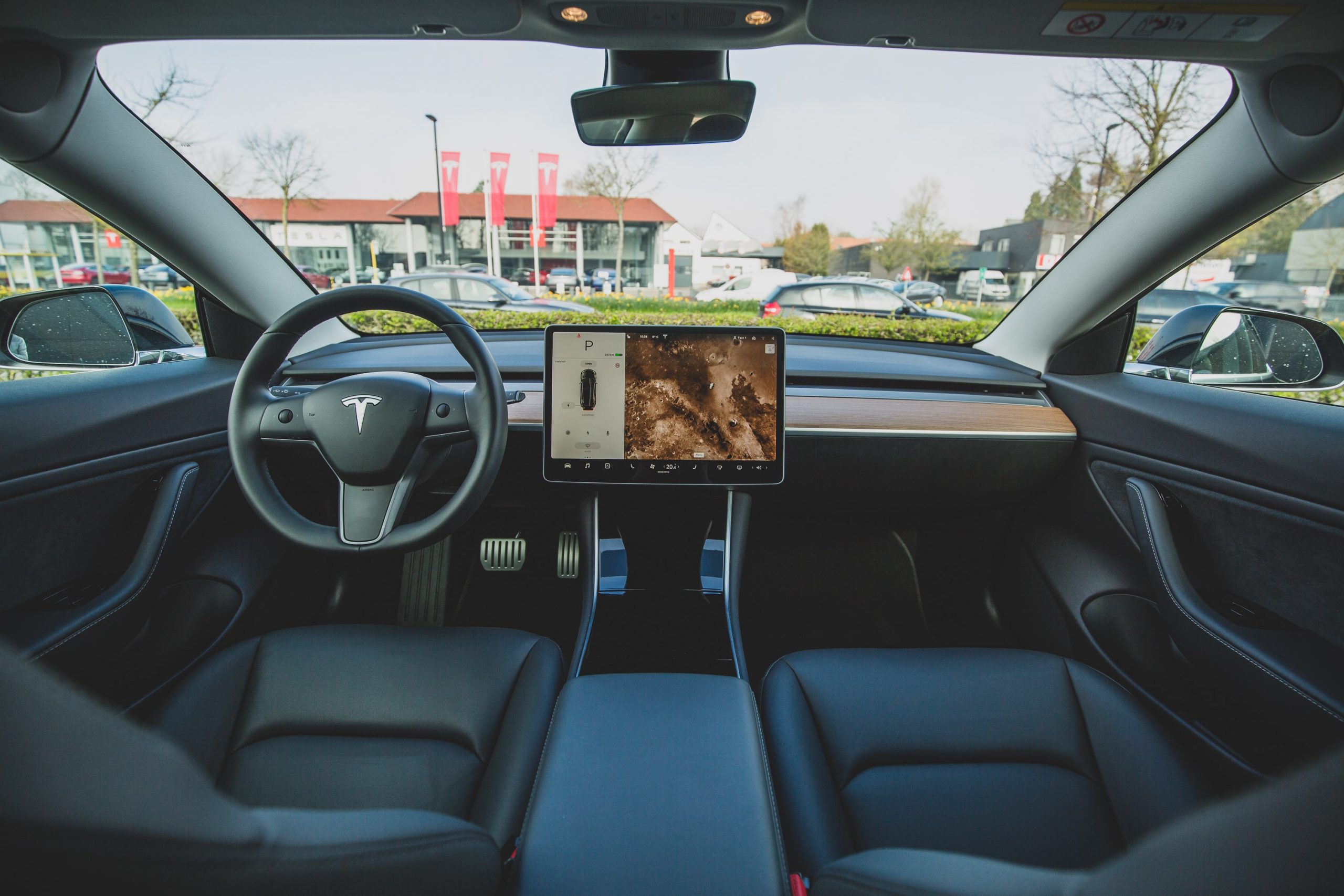With the number of road traffic deaths reaching 1.35 million people worldwide, many traffic safety advocates believe self-driving cars offer the solution to significantly reducing the number of injuries and fatalities on our roads. Autonomous vehicles are designed to eliminate driver error, which is responsible for most road traffic collisions. But as auto companies join forces with tech firms to accelerate their rollout of self-driving vehicles, the safety concerns surrounding the use of self-driving technology continues to be a hotly contested issue.
Automated Vehicle Technology
Today’s automated vehicles are loaded with software and sensors that work in unison to build an accurate picture of the road. A key technology is a light-detecting and ranging (LIDAR) sensor that uses millions of lasers to create a real-time, 3D image of the environment surrounding the vehicle. Radar sensors can also measure moving objects’ speed and size, while high-definition cameras can read signals and road signs. As the car travels, it will cross-reference all this data with onboard GPS technology to plan the route. Automated vehicles also run software programs that enable them to make real-time decisions about how the car should navigate alongside other cars, humans, or any objects in the road. However, there has been concern over how the companies behind automated vehicles gather information and detect and avoid vulnerable road users.
Eliminating Human Error
Less than 10% of fatal road accidents result from a vehicle malfunction or environmental factors such as snow, ice, or poor road conditions. Therefore, with self-driving cars eliminating human emotions and errors, we could see a 90% reduction in road deaths in the future. That’s equivalent to 30,000 lives saved each decade in the U.S. alone. It could mean that eventually, car accidents drop from being the second leading cause of accident-related deaths to the ninth-leading cause. The biggest safety advantage is that a robot operates an automated vehicle, not a human. It is programmed to obey all the road rules, won’t be distracted by a text message or phone call, and won’t speed.
Liability For Automated Driving Crashes
The safety of autonomous vehicles has proven to be a divisive subject, especially since a fatal accident involving a Uber autonomous vehicle and a pedestrian in Arizona. Vehicles are tested by the firms that build them, and they must comply with Federal Motor Vehicle Safety Standards, providing certification that there are no safety risks. However, despite this testing, some have argued that there is no proven safety record for self-driving vehicles and voiced concern that there’s not been enough testing in real-life conditions. There are also some questions over who is liable for a self-driving car involved in a collision. Legal experts at FVF Law say that under current law, it’s possible to hold the manufacturer responsible if something goes wrong with a vehicle that’s not due to driver error. However, when the fatal crash occurred in Arizona, the driver was on her phone watching a video, and failed to take back control of the vehicle to bring it to a stop before hitting the pedestrian.
The Evolution Of Automated Safety Technologies
Several of today’s new vehicles already feature technology to help drivers avoid making unsafe lane changes or drifting across lanes. Some provide warnings to drivers of cars behind them when backing up, or will brake automatically if a vehicle in front stops suddenly. These technologies use a combination of hardware and software to help vehicles identify safety risks to alert the driver to act to avoid a collision. The continued evolution of automotive technology promises to offer even more safety benefits in the future. Progressing through six-driver assistance levels, drivers can choose from no automation to fully automated, which sees a vehicle operating independently.
Eliminating the element of human error from behind the wheel will undoubtedly result in a significant decline in the number of road accidents and make the roads safer. However, more testing is required to understand the risks before humans become back seat drivers.

Talha Ali is your tech generalist, covering a wide spectrum of topics within the ever-evolving world of technology. With a curiosity for the latest innovations, industry trends, and breakthroughs. Whether it’s hardware, software, emerging technologies, or the intersection of tech with daily life, Talha’s articles provide readers with a well-rounded perspective on the dynamic landscape of the tech industry.

